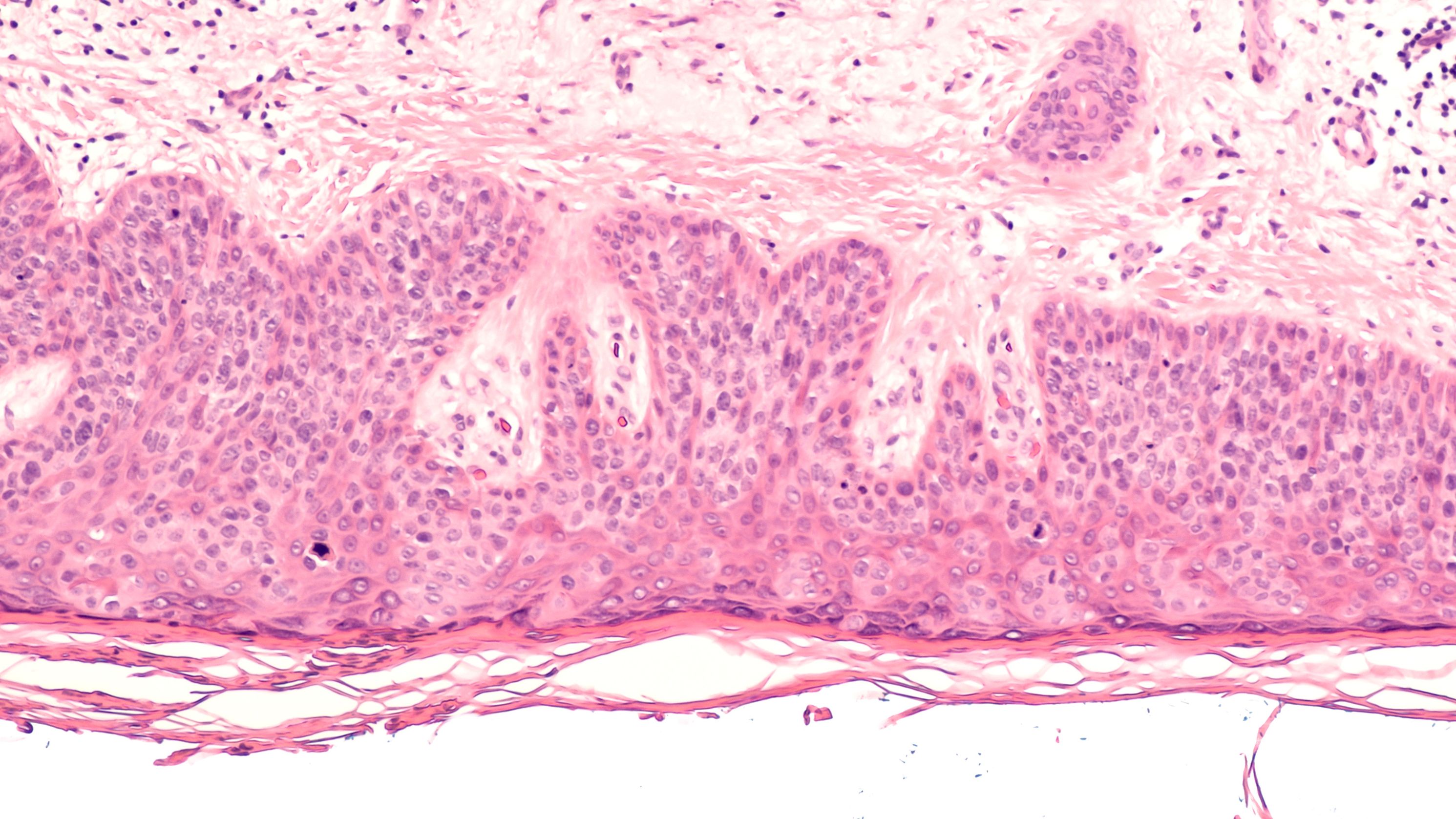News
Article
Regulation, Inhibition of STAT3 Can Lead to Development of Anticancer Treatments
Author(s):
The protein STAT3 is present in approximately 70% of tumors, with elevated levels of the protein being an indicator of poor prognoses in patients.
Researchers investigated new approaches to inhibit the unusual synthesis of the protein STAT3, a transcriptional protein that regulates the expression of several genes that is present in most tumors. STAT3 is associated with approximately 70% of human tumors and is responsible for the uncontrolled cell growth and disease progression. Regardless of a tumor’s type or location in the patient’s body, elevated STAT3 levels are indicators of unfavorable cancer prognoses.
Image credit: David A Litman | stock.adobe.com

“You just inhibit this 1 protein, and you cure 70% or more of all cancers, so it was an attractive target for many years,” said Andrey Karamyshev, PhD, from the Texas Tech University Health Sciences Center School of Medicine, in a press release. “Unfortunately, all trials that used small molecules to directly inhibit the STAT3 protein failed because when STAT3 interacted with the molecules, it created an aggregation that inhibited certain cell functions that are dependent on STAT3, which led to high toxicity.”
Researchers began investigating ways to indirectly inhibit the protein—disrupting its synthesis or stability—because STAT3 could not be directly inhibited. Prior research was unsuccessful in disrupting STAT3 stability, so current research focuses on the disruption of STAT3 at the translation level during its synthesis by ribosomes, the molecular machines that make the proteins, including STAT3.
A specific pathway, the Regulation of Aberrant Protein Production (RAPP) pathway, was previously not relevant to STAT3; however, research indicated that if the protein synthesis is disrupted on the ribosome, the protein’s mRNAs are specifically degraded. Investigators believed that inhibiting STAT3 synthesis at this particular level could result in new treatments for cancer and they began examining proteins that interact with and disrupt STAT3 during its synthesis on the ribosomes.
“This is the major difference in our research,” Karamyshev said in the press release. “We are looking for the elements of the protein synthesis and how the protein—STAT3 in this case—interacts with other proteins. The idea is if we can identify these interacting proteins, we can inhibit them, which will push the ‘button’ for down-regulation of STAT3.”
When examining the RAPP pathway, investigators found that proteins are secreted outside of the cell and that these proteins cannot be recognized by a specific protein complex—a signal recognition particle—which is required for transport. Therefore, the mRNA templates degraded; however, as a transcriptional regulator, STAT3 is transferred between the cell’s cytoplasm and nucleus, and it is not a secretory protein.
Due to the unknown status of the proteins regulating STAT3 mRNA stability on the ribosome, current research is focused on identifying the RAPP components that interact with STAT3 on the ribosome during its synthesis. Further, the identification of these components can be used to decrease the level of STAT3 mRNA, allowing researchers to develop new anticancer treatments.
“This is a very new concept that shows we can regulate STAT3 indirectly and we can down-regulate its expression. It can open new opportunities to find specific molecules which can target the RAPP pathway components instead of the STAT3,” said Karamyshev in the press release. “...when certain small molecules are found to be insufficient to directly down-regulate STAT3 activity or expression, we can use a completely different set of molecules that regulate the other proteins which are involved in indirect STAT3 inhibition. The concept is very simple: you push a ‘button’, and it triggers a decrease of STAT3, which can ultimately result in new treatments for many cancers.”
Reference
Texas Tech University Health Sciences Center. TTUHSC researcher to study new pathway to inhibit protein found in many cancers. News release. December 13, 2023. Accessed December 13, 2023. https://www.eurekalert.org/news-releases/1010994
Newsletter
Stay informed on drug updates, treatment guidelines, and pharmacy practice trends—subscribe to Pharmacy Times for weekly clinical insights.





